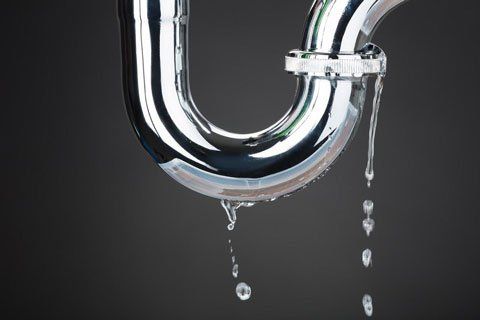How to Locate as well as Repair Work Water Leaks-- A Comprehensive Guide
How to Locate as well as Repair Work Water Leaks-- A Comprehensive Guide
Blog Article
Listed here down the page you will discover lots of helpful additional info in regards to Hacks to detect leaks.

Early detection of dripping water lines can mitigate a possible disaster. Some little water leaks might not be visible.
1. Take A Look At the Water Meter
Every house has a water meter. Inspecting it is a guaranteed way that assists you discover leaks. For beginners, turn off all the water resources. Ensure nobody will certainly flush, utilize the tap, shower, run the washing equipment or dishwasher. From there, go to the meter and also watch if it will alter. Since nobody is utilizing it, there should be no motions. If it relocates, that indicates a fast-moving leak. Similarly, if you detect no changes, wait a hr or two as well as examine back again. This means you may have a slow-moving leakage that could also be below ground.
2. Check Water Consumption
If you find unexpected changes, despite your consumption being the same, it indicates that you have leakages in your plumbing system. An unexpected spike in your expense suggests a fast-moving leak.
A consistent boost every month, even with the same habits, reveals you have a slow-moving leak that's also slowly rising. Call a plumber to extensively inspect your home, especially if you really feel a warm area on your flooring with piping beneath.
3. Do a Food Coloring Test
When it comes to water intake, 30% comes from toilets. Test to see if they are running effectively. Decline specks of food shade in the storage tank and also wait 10 mins. If the color somehow infiltrates your bowl during that time without flushing, there's a leakage in between the tank and bowl.
4. Asses Outside Lines
Don't neglect to examine your outdoor water lines as well. Needs to water seep out of the link, you have a loose rubber gasket. One small leakage can waste heaps of water and spike your water expense.
5. Assess the situation as well as check
Home owners should make it a habit to check under the sink counters as well as also inside closets for any kind of bad odor or mold and mildew growth. These two red flags suggest a leakage so timely focus is called for. Doing regular inspections, even bi-annually, can save you from a major issue.
If you know your home is already old, keep a careful eye on your heating systems, tubes, pipelines and so on. Look for stainings and also damaging as the majority of devices as well as pipelines have a life expectancy. They will also naturally deteriorate due to wear and tear. Don't wait for it to escalate if you believe dripping water lines in your plumbing system. Call an expert plumber as soon as possible so you do not end up with a dreadful mess in your house.
Early detection of dripping water lines can alleviate a potential calamity. Some small water leaks might not be noticeable. Checking it is a proven method that helps you uncover leaks. One tiny leakage can squander tons of water and increase your water expense.
If you suspect dripping water lines in your plumbing system, don't wait for it to rise.
WARNING SIGNS OF WATER LEAKAGE BEHIND THE WALL
PERSISTENT MUSTY ODORS
As water slowly drips from a leaky pipe inside the wall, flooring and sheetrock stay damp and develop an odor similar to wet cardboard. It generates a musty smell that can help you find hidden leaks.
MOLD IN UNUSUAL AREAS
Mold usually grows in wet areas like kitchens, baths and laundry rooms. If you spot the stuff on walls or baseboards in other rooms of the house, it’s a good indicator of undetected water leaks.
STAINS THAT GROW
When mold thrives around a leaky pipe, it sometimes takes hold on the inside surface of the affected wall. A growing stain on otherwise clean sheetrock is often your sign of a hidden plumbing problem.
PEELING OR BUBBLING WALLPAPER / PAINT
This clue is easy to miss in rooms that don’t get much use. When you see wallpaper separating along seams or paint bubbling or flaking off the wall, blame sheetrock that stays wet because of an undetected leak.
BUCKLED CEILINGS AND STAINED FLOORS
If ceilings or floors in bathrooms, kitchens or laundry areas develop structural problems, don’t rule out constant damp inside the walls. Wet sheetrock can affect adjacent framing, flooring and ceilings.
https://www.servicemasterbyzaba.com/blog/how-to-detect-water-leakage-in-walls/

As a fervent person who reads on Top leak detection hacks, I imagined sharing that editorial was really helpful. I beg you take a moment to promote this content if you enjoyed reading it. Many thanks for your time. Come back soon.
Report this page